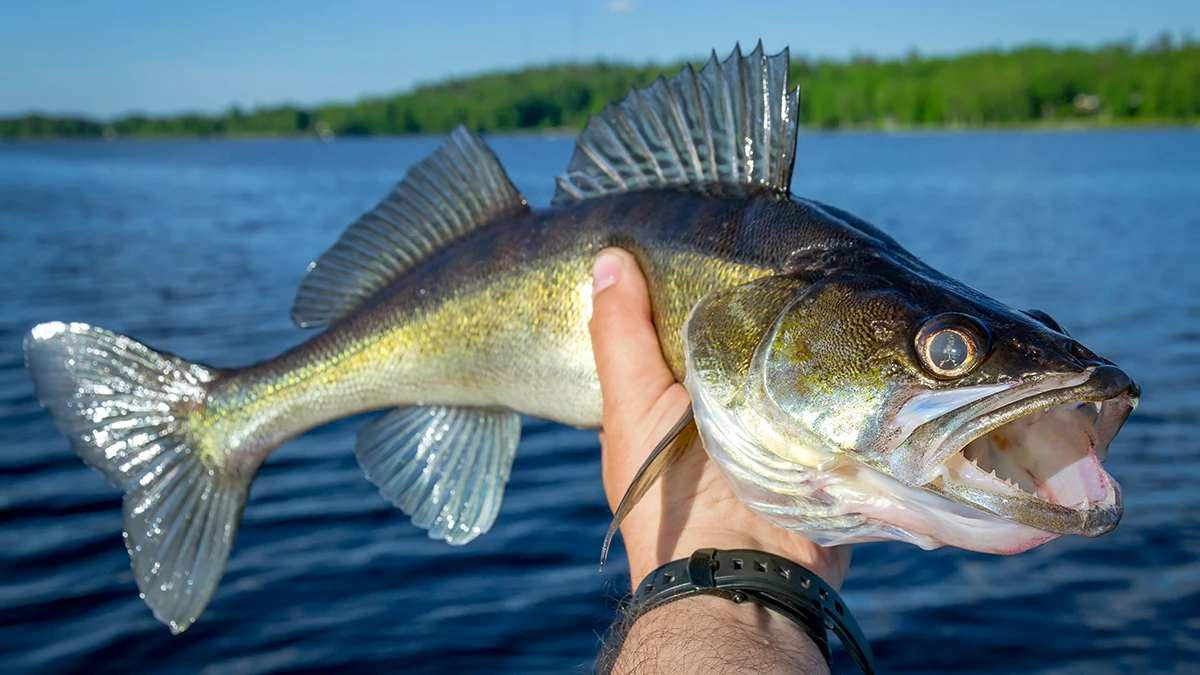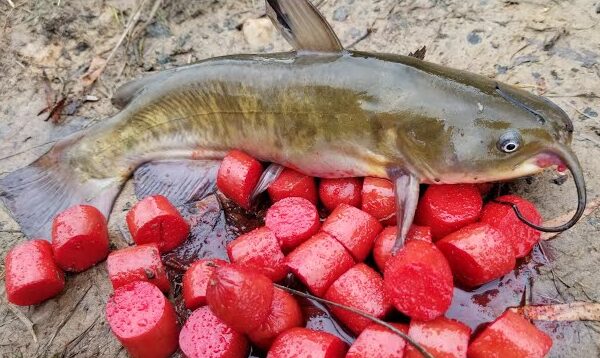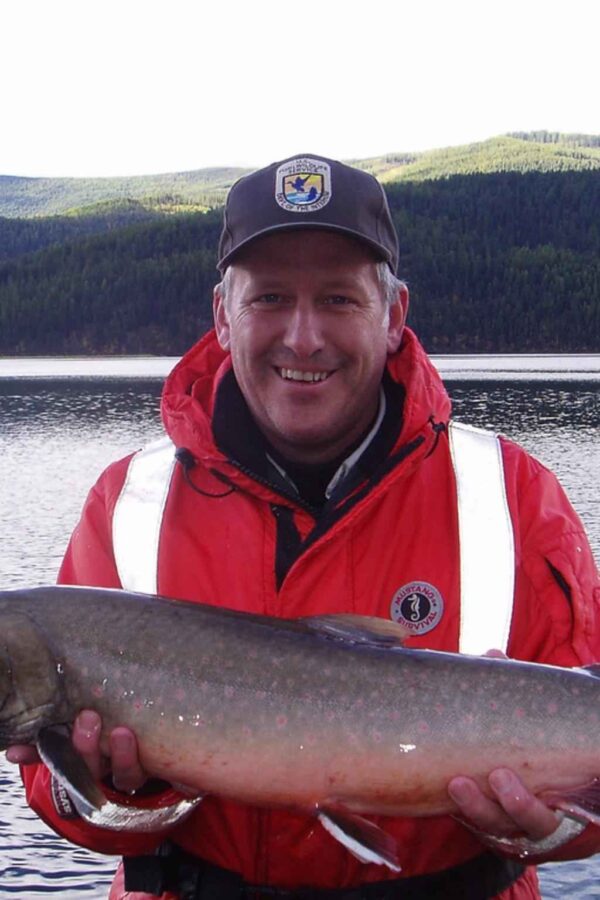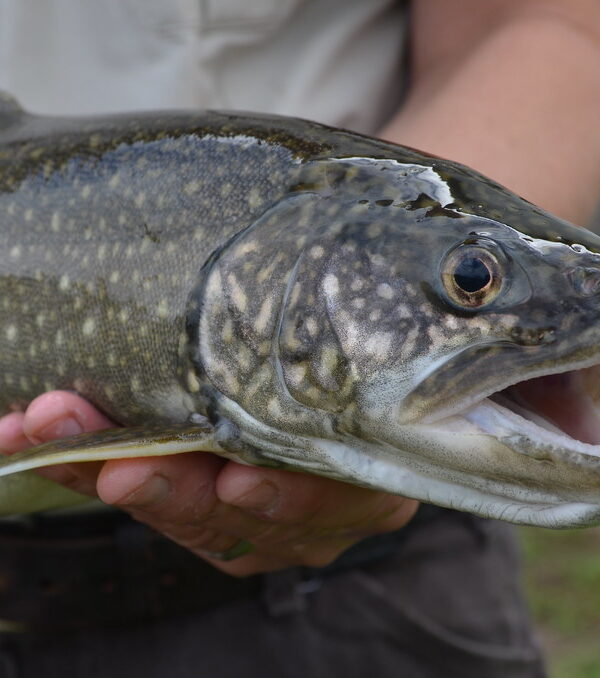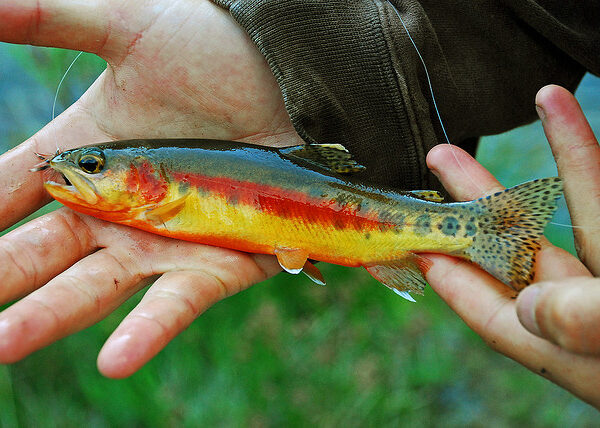Walleye
Walleye: The Prized Gem of North American Freshwaters
The shimmering, golden gaze of the walleye has earned it a revered place among North American freshwater anglers. Often considered the pièce de résistance of a fishing trip, the walleye combines beauty, taste, and challenge in one formidable package.
Physical Characteristics of Walleye
Regarded for its unique appearance, the walleye exhibits an olive to golden hue. Its name, in fact, comes from its distinct pearlescent eyes, which are an adaptation for hunting in low light conditions. Adult walleyes usually range between 10 to 18 inches, but can grow even larger in favorable conditions.
The All-Seeing Eyes
The walleye’s eyes aren’t just beautiful; they’re functional marvels. Adapted to see well in murky and dim conditions, these eyes give these fish an edge when hunting in the deeper, darker parts of freshwater bodies.
Preferred Habitat and Range of Walleye
Walleyes are a staple in the freshwater bodies of the Northern United States and Canada. While they thrive in the Great Lakes, these fish have also established strong populations in rivers, reservoirs, and other freshwater habitats, provided the waters are cool and clean.
Seasonal Movements: Chasing Comfort
Walleyes are sensitive to temperature and light changes. They move to deeper, cooler waters during the hot summer days and come closer to the surface during dawn and dusk. Seasonal migrations are common, especially when they travel to specific spawning grounds in spring.
Behavior and Life Cycle of Walleye
The life of a walleye is a journey from being prey to becoming a predator. After hatching, they spend their early days hiding from predators, but as they grow, their carnivorous instincts take over. Mature walleyes primarily feed on smaller fish.
Spawning Rituals: Nature’s Dance
Every spring, walleyes move to shallow, rocky areas to spawn. Females release their eggs over these rocky substrates, and males follow suit, fertilizing them. Post-spawning, they return to their deeper habitats, leaving the eggs to develop in the shallows.
Techniques for Catching Walleye
Hooking a walleye is both an art and a science. Knowing their behavior helps, but having the right gear is equally crucial. Live minnows, leeches, and worms are popular bait choices, while jigs, spinners, and crankbaits are also effective.
Night Fishing: Embracing the Darkness
Given the walleye’s preference for low-light hunting, many anglers swear by night fishing for this species. Using lures that produce light or sound can be particularly effective during these twilight excursions
The Ecological Role of Walleye
As apex predators in many freshwater ecosystems, these predators play a crucial role in maintaining balance. By preying on smaller fish, they help control populations, ensuring biodiversity and the health of their habitats.
Challenges and Conservation for Walleye
Walleyes, despite their popularity, face challenges like habitat loss and overfishing. However, conservation initiatives, including stocking programs and sustainable fishing regulations, aim to keep their populations healthy for future generations to enjoy.
In wrapping up our expedition through the world of walleye, it becomes clear why they are so cherished. Beyond their captivating eyes lies a tale of ecological balance, fishing adventures, and collective conservation efforts. The walleye isn’t just a fish; it’s a testament to nature’s intricate design.


